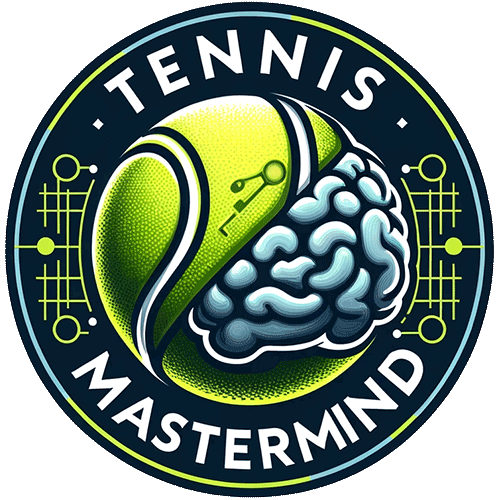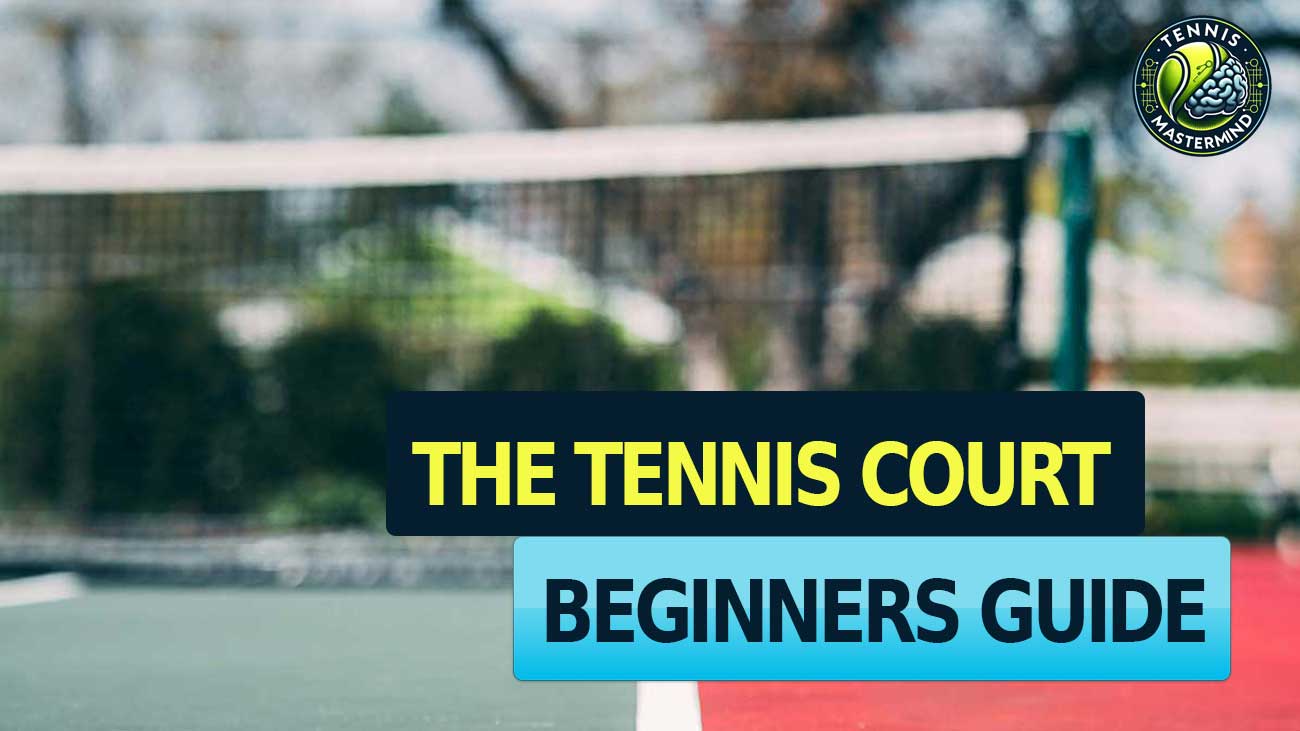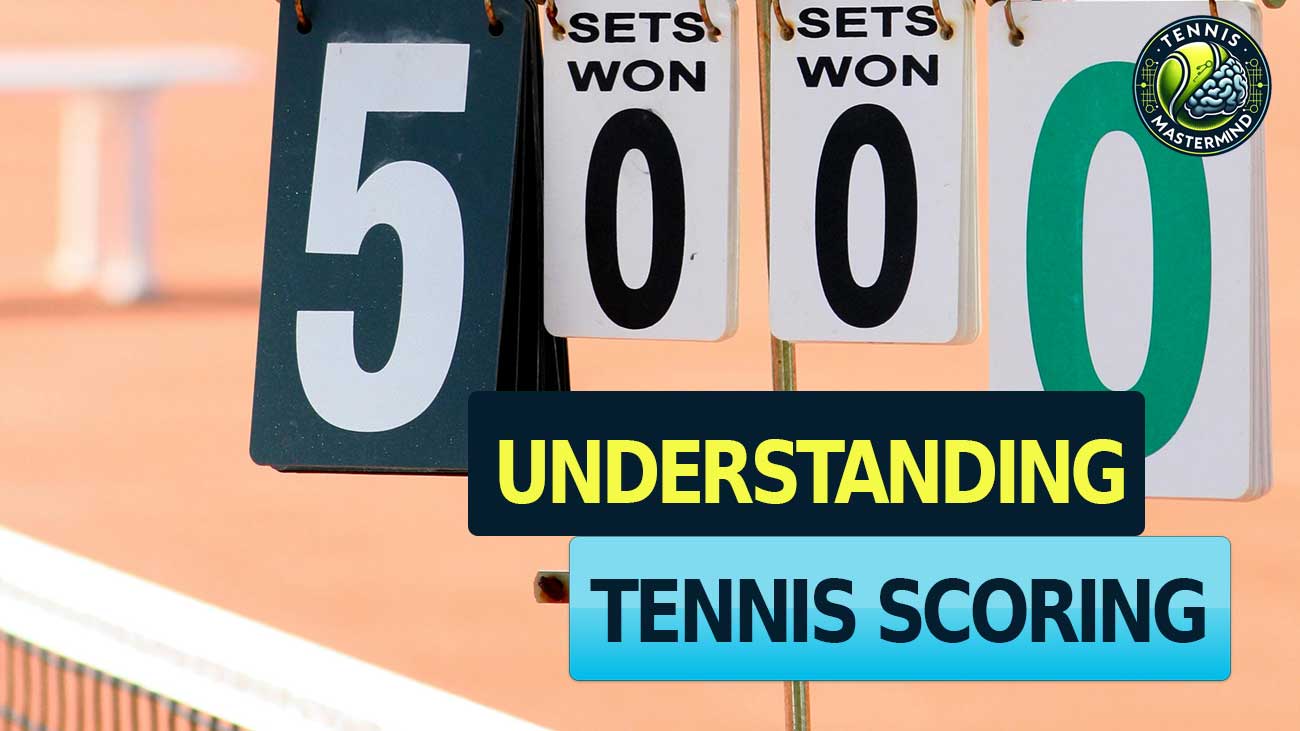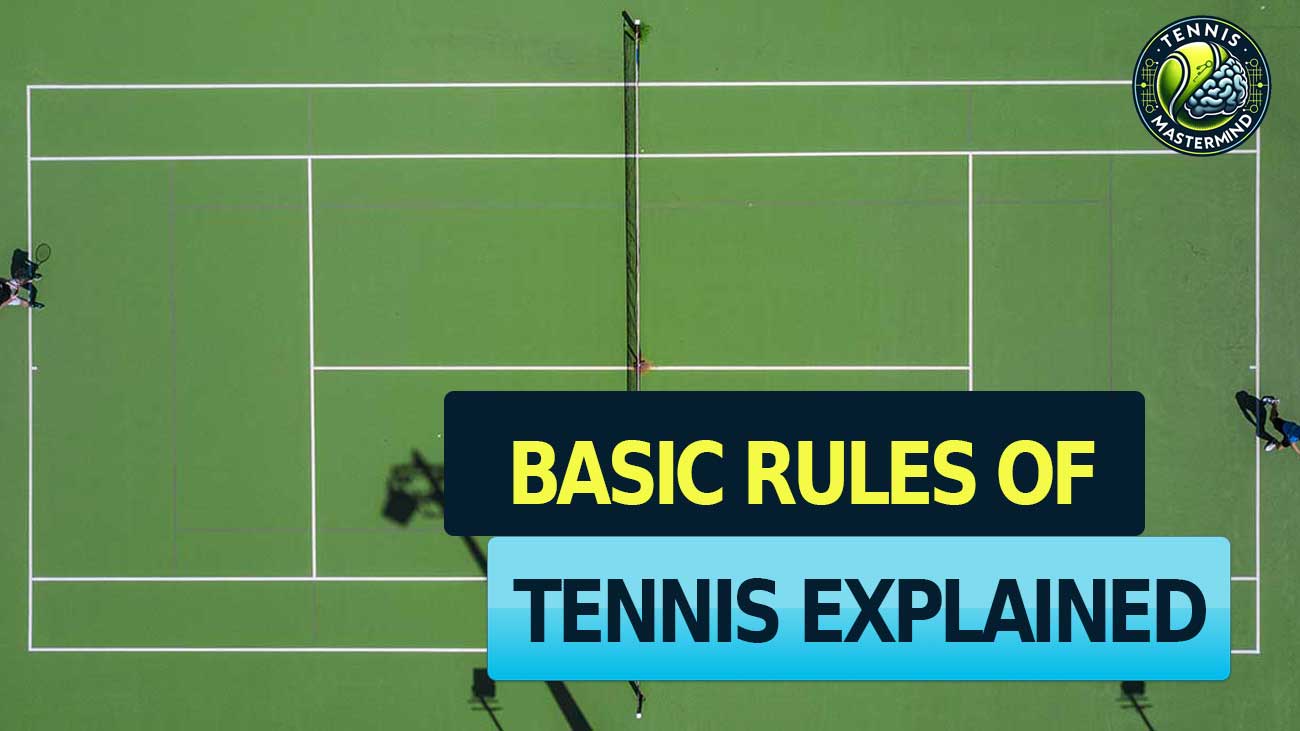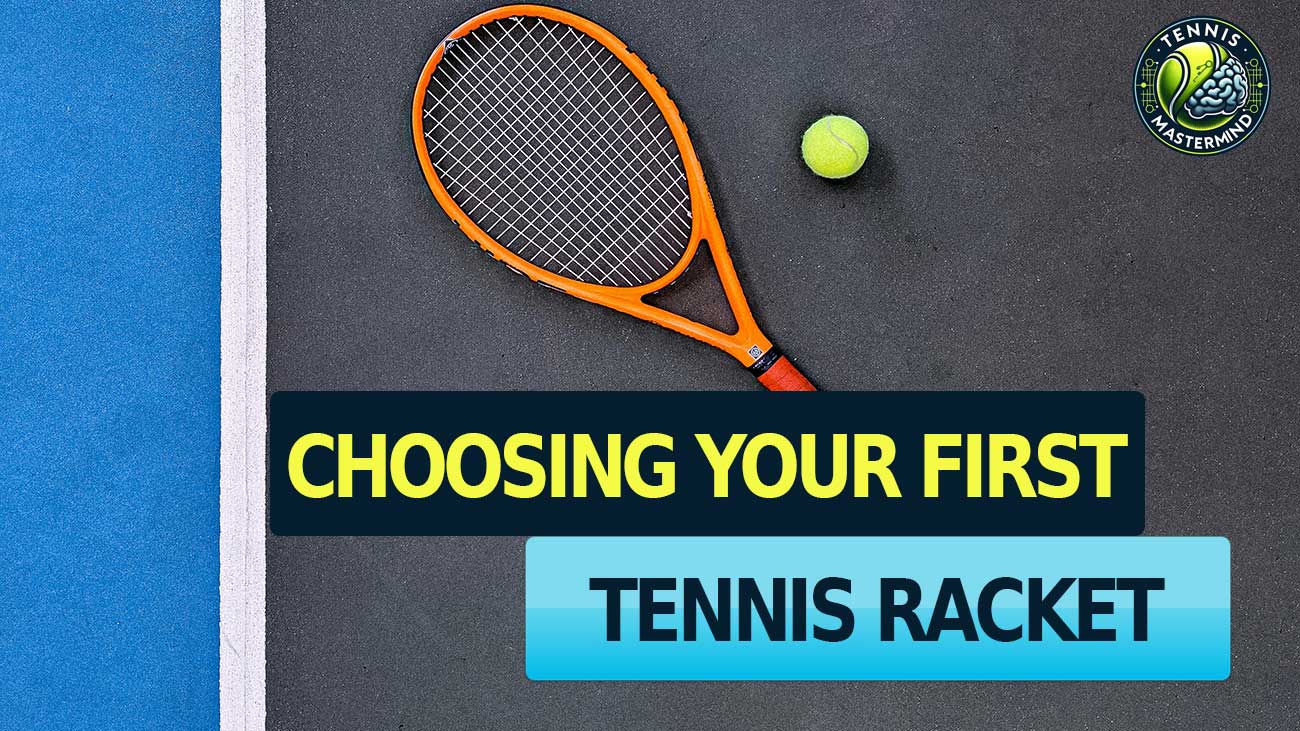Stepping onto a tennis court for the first time can feel like entering a whole new world. Did you know tennis has been around since the Middle Ages? Our guide is here to turn that overwhelming feeling into excitement, walking you through everything from court basics to game-changing strategies.
Let’s dive in and uncover the joys of this timeless sport!
Key Takeaways
- Understanding the elements of a tennis court helps players know where to serve and how to position themselves during games.
- Different surfaces like grass, clay, or hard courts affect the game’s speed and strategy. Players must adapt their play style accordingly.
- Proper maintenance of tennis courts is crucial for safe play and prolonging the court’s lifespan. This includes cleaning, repairing cracks, and checking net tension.
- Learning about court dimensions and markings is essential for precision in shots and developing effective strategies against opponents.
- Choosing the right equipment, such as shoes that match the surface type, improves movement and performance on different tennis court surfaces.
Understanding the Basics of a Tennis Court
Getting to know a tennis court is like learning the ABCs of the game. It’s where all the action happens, from fierce serves to thrilling drop shots.
Elements of a Tennis Court
Understanding the basics of a tennis court is key to mastering the game. Every line and marking has its purpose, shaping how you play.
- Baseline – This is where players start to serve. It runs across the width of the court and marks where you stand to begin the game. Knowing this line’s location helps with serving and returning deep shots.
- Service Boxes – Divided into two by the center service line, these are areas where your serve needs to land for it to count. Mastering drop shots into these boxes can be a game-changer.
- Net – Positioned at the center, dividing the court into two equal halves, it challenges players to hit over it without touching it. Your physical fitness gets tested here, especially when making those high-reaching shots.
- Singles Sidelines – These lines define the boundary for singles matches. Balls landing outside these lines are out of bounds during a one-on-one match.
- Doubles Sidelines – They extend wider than the singles sidelines, marking the playable area in doubles matches—knowing this difference aids in adjusting strategies between types of tennis matches.
- Center Service Line – This splits each service box in half and plays a crucial role during serves, ensuring players distribute their serves equally across both boxes.
- No-Man’s Land – The sizable area between the baseline and service boxes is tricky territory often avoided during rallies due to its challenging position for returning balls effectively.
- Tennis Balls and Rackets – Selected based on player preference or level of play; having the right grip on your tennis racket makes controlling these essential elements easier.
- Tennis Shoes – Designed specifically for various court surfaces, they significantly impact footwork and movement—essential gear for every tennis player aiming for quick sprints or stops.
Importance of Court Dimensions and Markings
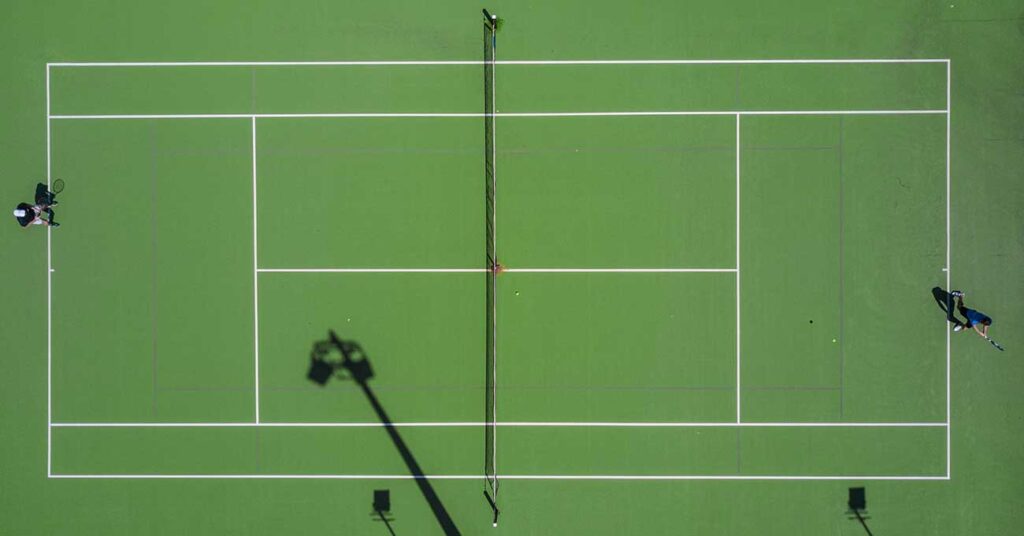
Court dimensions and markings are not just lines on the ground; they’re the blueprint of tennis strategy and fairness. Every mark—from the baseline to the service boxes—tells players where to stand, how far a ball must travel, and what counts as in or out.
This clarity is crucial for both hitting your shots with precision and challenging your opponent’s plays effectively. Knowing these boundaries boosts confidence during play and reduces disputes over scores.
Learning the layout becomes even more essential as beginners move into competitive play. It’s like having a map in an unfamiliar city; without it, you’re lost. For new players using power racquets, this knowledge lets them harness their equipment’s full potential without wasting effort on out-of-bounds hits or faulty serves.
Mastery of court geometry empowers players to craft winning strategies, predict opponents’ moves, and turn what looks like simple lines into a powerful tool for victory.
Types of Court Surfaces and Their Impact on Play
The surface of a tennis court changes how the game is played. Grass, clay, and hard courts affect the ball’s speed and a player’s strategy.
Differences Between Tennis Surfaces
Navigating the world of tennis involves understanding the unique characteristics of each type of court surface. Each one presents distinct challenges and advantages, influencing the game’s speed, ball bounce, and player strategy. Let’s dive into an analysis of the main differences between the various tennis surfaces.
| Tennis Surface | Speed | Bounce | Player Strategy |
|---|---|---|---|
| Grass | Fast | Low | Serve-and-volley |
| Clay | Slow | High and Slow | Patience and strategy; baseline play |
| Hard | Medium | Consistent | All-around play; adapts to various styles |
| Carpet | Fast | Low | Quick points; aggressive serve and return |
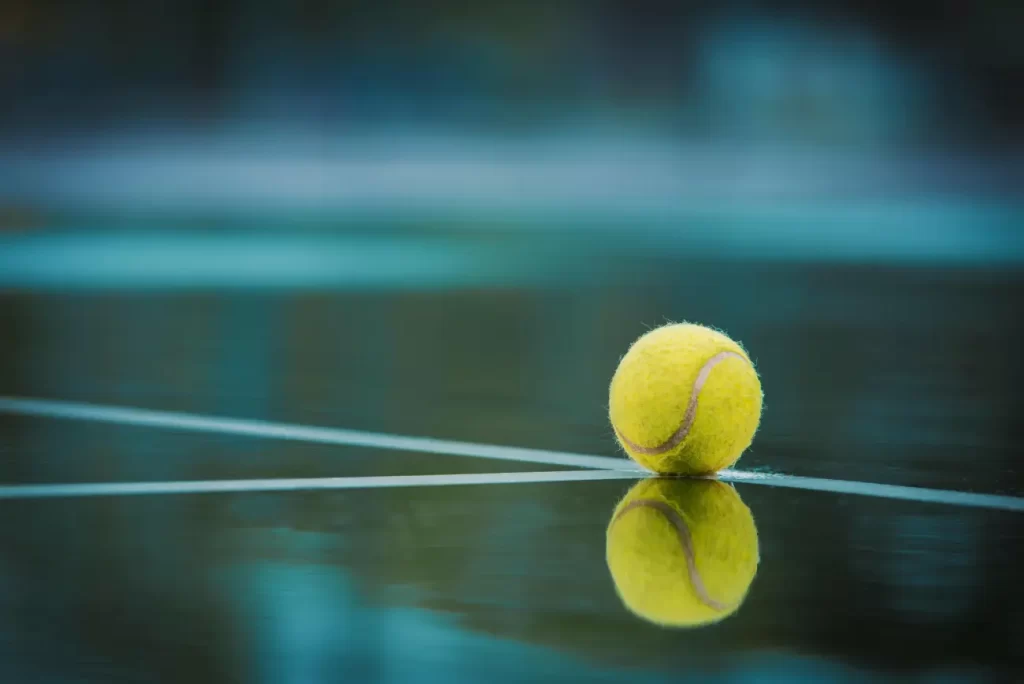
Grass courts favor those with a powerful serve, turning the game into a speedy exchange of points. These surfaces necessitate swift movements and encourage a serve-and-volley style of play.
Clay courts, in contrast, slow the game down. The higher bounce demands patience, endurance, and strategic thinking, making long rallies a common sight. Players need to master spins and use the surface to their advantage.
Hard courts offer a middle ground with their medium speed and consistent bounce, accommodating various playing styles. This versatility makes it the most common surface in professional circuits, challenging players to be adaptable.
Carpet courts, though less prevalent, present a unique set of challenges with their fast pace and low bounce, requiring quick reflexes and an aggressive approach to the game.
This summary underscores the importance of understanding and adapting to different tennis surfaces, a crucial skill for any player looking to excel in the sport.
Adapting Strategy and Tactics to Different Surfaces
Each tennis court surface demands unique strategies. On grass courts, where the ball moves fast and bounces low, players often go for quick volleys and serve-and-volley play. This approach minimizes long rallies and puts pressure on the opponent to return fast shots.
On clay courts, players find that using topspin is effective—it makes the ball bounce higher and gives them extra time to get into position. Long rallies are more common here, so patience and strategic placement become key tools in a player’s arsenal.
Hard courts offer a middle ground with medium speed and bounce, requiring versatility. Players must be ready to adjust their game plan quickly based on how their opponent plays, making adaptability a crucial skill on this surface.
Importance of Footwork and Movement on Various Surfaces
Good footwork and movement on different tennis court surfaces can make or break your game. Grass, clay, and hard courts each affect how the ball moves—and how you move in response.
On grass courts, the ball tends to speed up and stay lower, demanding quick steps and sharp turns from players. Clay courts slow down the ball but require powerful slides to reach it in time.
Hard courts offer a middle ground but demand relentless agility to keep up with the fast-paced action.
Investing in quality tennis shoes for each surface supports this crucial aspect of play. Proper shoes help prevent injuries and give you the confidence to move freely. Excellent movement allows for better positioning, enabling those precise shots needed on varying surfaces—from tweener racquets’ swift maneuvers on grass to enduring rallies on clay.
Mastering footwork isn’t just about moving well; it’s about adapting your strategy to outsmart opponents across all types of terrain.
Maintaining Your Tennis Court
Maintaining your tennis court is key to ensuring its longevity and safety. Regular care keeps the playing area in top condition for every serve and volley. Here’s how you can keep your court ready for action:
- Regular Cleaning: Dirt and debris not only look bad but can also affect how the ball moves on the court. Sweep it regularly and consider a gentle wash with a pressure washer now and then.
- Surface Repair: Cracks or puddles? That means it’s time for some patching up. Address repairs quickly to prevent small issues from becoming big problems.
- Net Check: The net is central to the game, so make sure it’s always at the right tension and free of tears. Replace if it starts looking worn out.
- Fencing and Seating Areas: Keep these areas neat too. They’re part of the overall experience, ensuring players’ and spectators’ comfort.
- Professional Maintenance Services: Sometimes, you need an expert’s touch. Professionals can spot things you might miss and help keep the court in optimal condition.
- Weather Proofing: Protect your court from harsh weather conditions where possible. If snow or rain is frequent in your area, plan accordingly.
- Regular Inspections: Like a good coach watches their players, keep an eye on your court. Regular checks help catch issues early before they escalate.
Conclusion
Diving into tennis starts with understanding the court – it’s more than just a rectangle where balls get hit back and forth. Every line, every surface, plays its role in how the game unfolds.
Whether you’re swinging your racket on clay or grass, remember, that strategy shifts with each bounce. Keep that court in tip-top shape too; it’s part of the journey from beginner to pro.
Tennis isn’t just a sport; it’s a world of its own, ready for you to explore step by step.
FAQs
1. What do I need to get started with tennis lessons?
To kick off your tennis journey, you’ll need a couple of things—primarily, a good tennis racket suited for beginners and the willingness to learn! Don’t worry about the other stuff like specific formats of an image file (such as PNG, JPEG, or SVG) just yet; those might come in handy if you’re sharing your progress online.
2. How is scoring in tennis different from other sports?
Ah, scoring in tennis can seem like decoding a secret message at first but it’s uniquely straightforward once you get the hang of it. Unlike simple point systems used in games like handball or soccer, tennis uses terms like “love,” “15,” “30,” and “40.” No myths here; it’s just how Walter Clopton Wingfield—a big name connected with modern lawn tennis—liked it back in the day!
3. Can I read about tennis on my Kindle app?
Yes! The beauty of technology means that learning about jeu de paume—the fancy term for what evolved into modern-day tennis—is at your fingertips. Whether it’s eBooks available in various image file formats such as PDF or web-friendly ones like WEBP and ICO, a treasure trove awaits on your Kindle app.
4. Is there more to picking out a tennis racket than looks?
Absolutely—while we all love gear that matches our style, selecting a racket goes beyond just its appearance or even the coolness factor of its image file format (SVG? PNG?). It’s all about finding one that feels right when you swing—it should be an extension of your arm!
5. Why was Walter Clopton Wingfield important again…?
Let’s shine some light here—Walter played no small part; he’s often credited with making lawn tennis popular back in 1873! Think of him as one key reason we enjoy hopping onto the court today… without needing to dive deep into complex topics like coding for an ICO file or converting images from JPEG to PNG.
